Furniture Care Guide: Keep Your Furniture in Great Condition for Years
One of the best parts about investing in heirloom furniture pieces is that you can expect to have them for a long, long time. To ensure your furniture remains as beautiful and functional as the day you purchased it, it’s important to come up with a furniture care and protection plan. While different materials have different needs, here is some general advice you can keep in mind to increase your furniture’s lifespan.
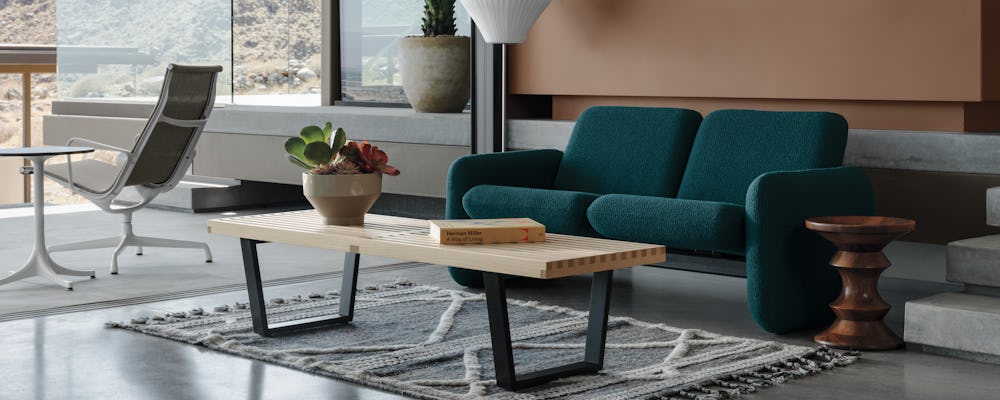
Cleaning
When it comes to your furniture protection plan, regular cleaning with appropriate substances is the easiest way to keep your furniture looking new. Dusting your most frequently used pieces (such as seating, media storage units, and tables) on a weekly basis and your harder to reach areas (such as ceiling fan blades and tops of bookcases) monthly, is a great place to start. Dust is a visual sign of age that builds up over time and can lead to dust mites, so regularly removing it from your furniture keeps it looking beautiful and new. One of the simplest and most effective ways to do this is to use a microfiber cloth to wipe up the dust. Microfiber cloths are great for dusting because they grab dust particles without leaving behind string or lint and don't damage the furniture or leave a residue. They also enable you to remove the dust completely rather than spreading it around.
In terms of frequency, it’s a good idea to give your furniture a light cleaning every month and a deeper cleaning every six months. When it comes to doing a deeper cleaning of your furniture, it’s important to consider the products you’re using and their ingredients. Consider the material you’re cleaning when you’re deciding how to clean it and avoid cleaners that contain harsh chemicals like bleach or ammonia. For instance, vinegar is often used as a household cleaner, but can damage stone and wood surfaces.
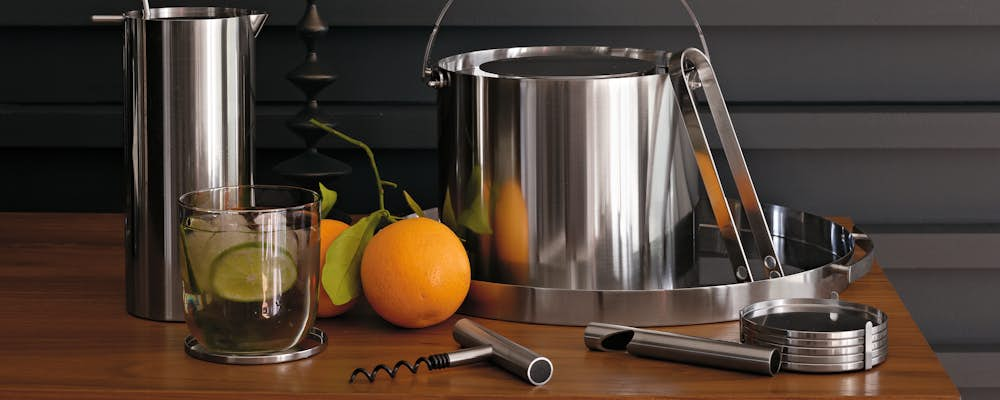
Protective Accessories
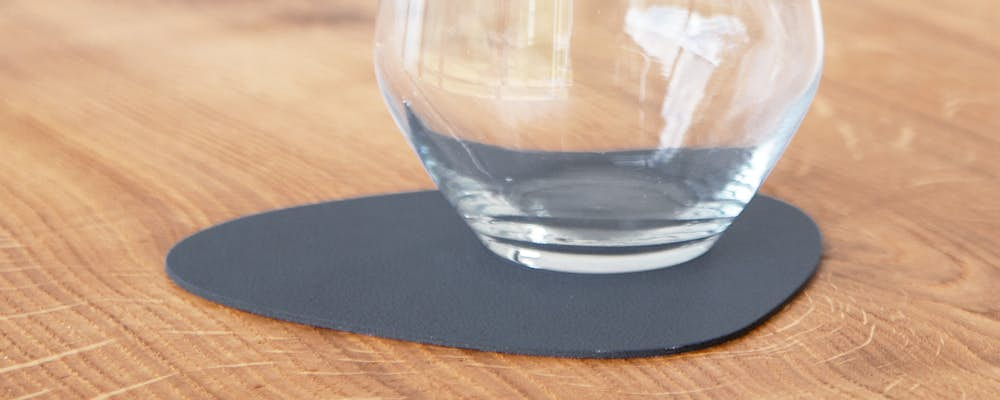
Pets
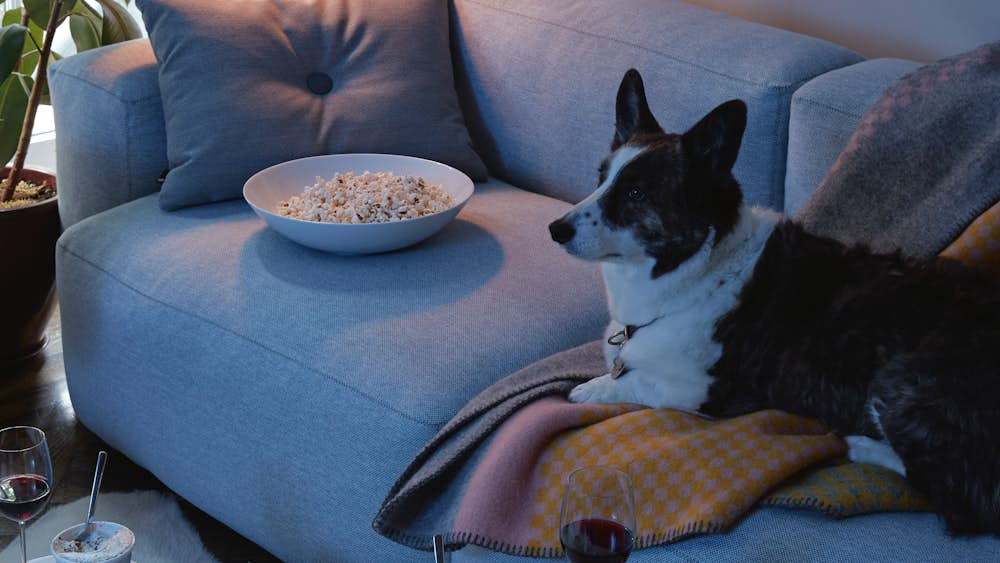
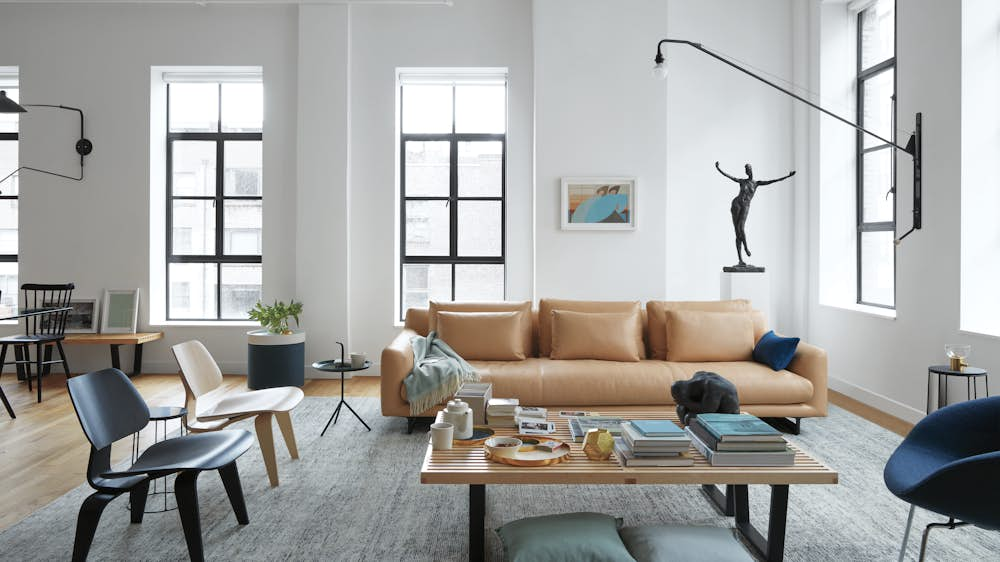
Protection from the Elements
Natural light can be one of the loveliest aspects of home design. However, direct sunlight can quickly age or otherwise damage your indoor furniture. For natural wood furniture, too much light can dry out the material and make it coarse to the touch. Similarly, vibrantly colored upholstery can become discolored with too much exposure to direct natural lighting. The most cost-effective way to protect your furniture from direct sunlight is to arrange it so that it’s not in the sunlight’s path throughout the day. Alternatively, you can treat your house’s windows or cover them in window film to protect your furniture from the worst of the sunlight’s harsh rays. Of course, the middle ground between these options is also the most classic: curtains, blinds, or other window coverings enable you to control the amount of light exposure your furniture receives. They can also be a design opportunity, with curtains in any conceivable pattern or vibrant color and modern geometric blinds becoming more accessible every year.
Live in an especially humid climate? You might consider the steps you’re taking to protect your furniture from moisture. A humidifier can be a good choice because it enables you to control the amount of moisture in the air, preventing it from becoming either too moist (and so causing mold or long-term water damage) or too dry (and causing wood surfaces to crack over time). Additionally, it’s a good idea to look into protective polish or lacquer for your wooden pieces. When applied every few years, these can create a protective layer over the wood and prevent it from swelling with the humidity.
Immediate Fixes
One of the best ways to maintain your furniture’s appearance is to fix any damage, no matter how big or small, immediately after it occurs. You may not be able to completely repair it, but removing stains and addressing scuffs, tears, or scratches soon after they happen can prevent the damage from becoming worse. It also means that damage doesn’t accumulate over time, something that can make a piece of furniture look more worn than it is and forces a larger restoration project.
Pests
Outdoor Furniture
